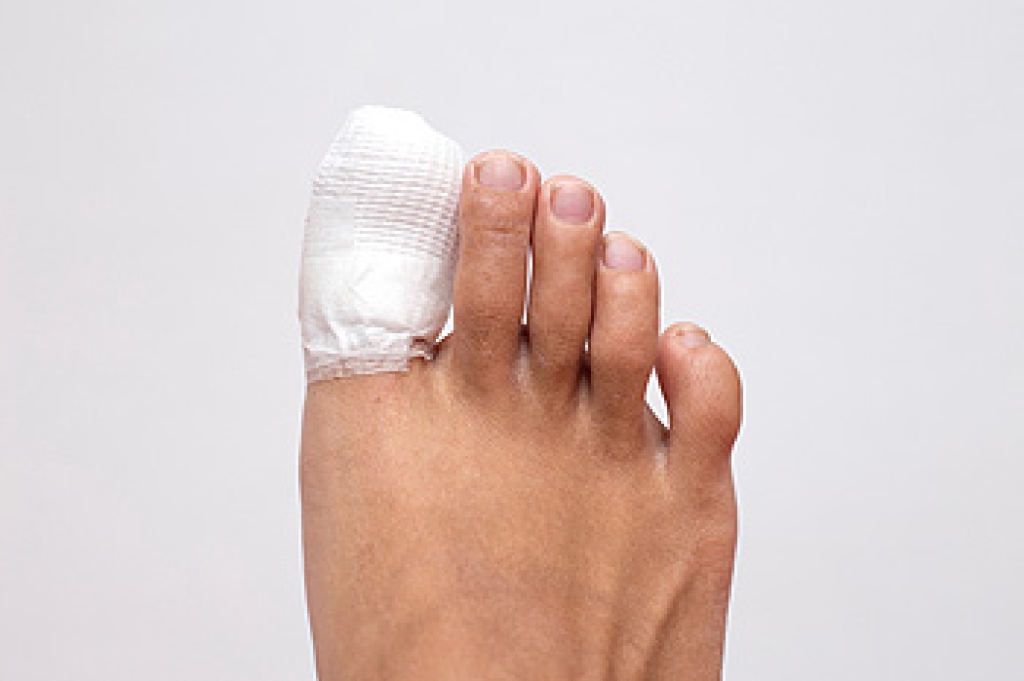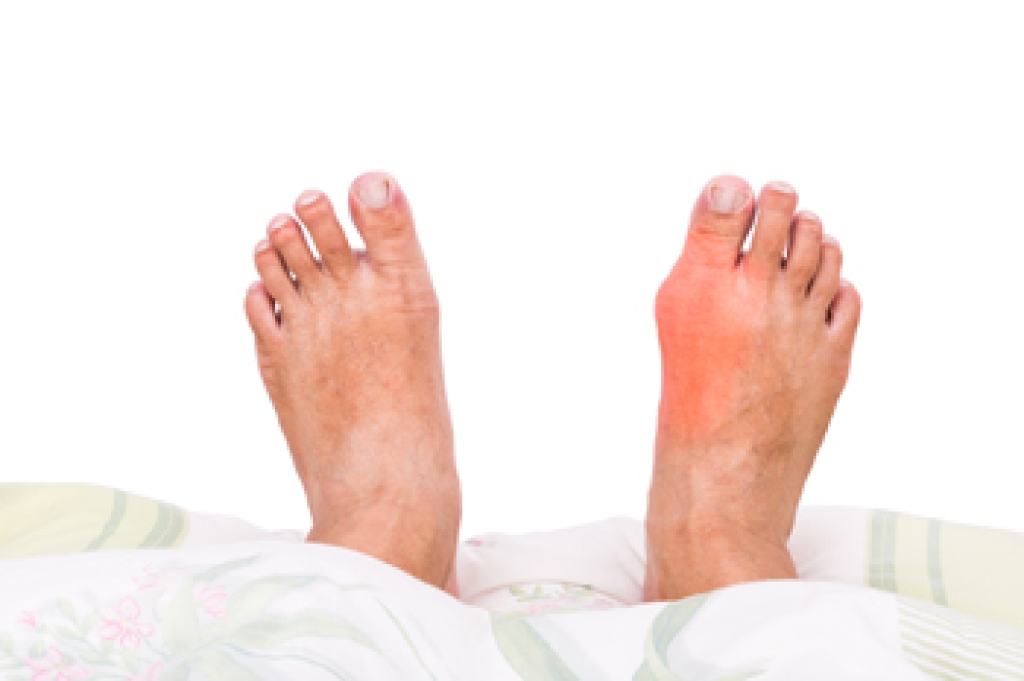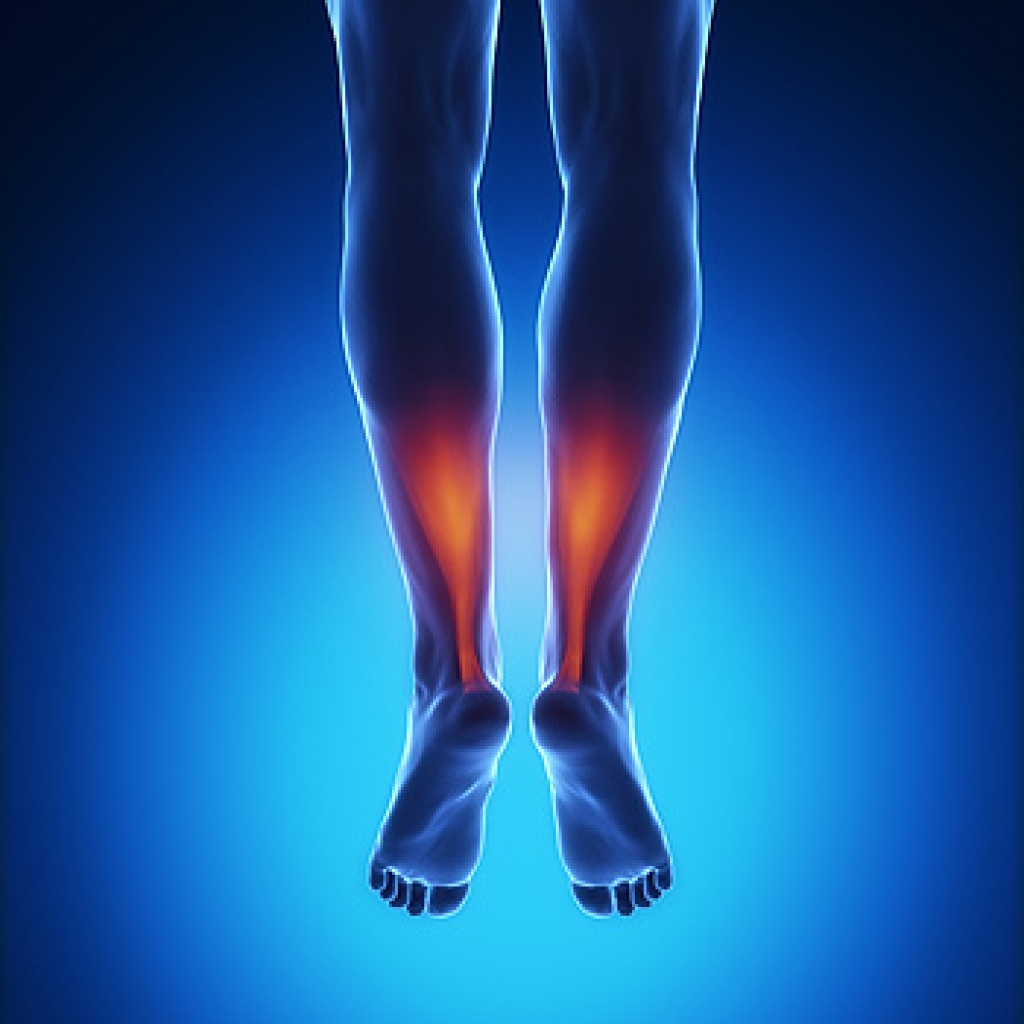 Many people enjoy running and jogging, and they are aware of the importance of choosing the right running shoe. There are many styles and options available on the market that can make it overwhelming to decide which shoe is right for you. However, there are basic considerations that can help to make it easier to choose which can be determined by what kind of running you enjoy. Patients who prefer fast running may benefit from wearing a lightweight shoe. Average running on pavements and roads may be accomplished with a normal running shoe. It is also beneficial to have more than one pair of shoes because this may help extend the life of the shoe. If you would like additional information about what style running shoes you should purchase, please consult with a podiatrist.
Many people enjoy running and jogging, and they are aware of the importance of choosing the right running shoe. There are many styles and options available on the market that can make it overwhelming to decide which shoe is right for you. However, there are basic considerations that can help to make it easier to choose which can be determined by what kind of running you enjoy. Patients who prefer fast running may benefit from wearing a lightweight shoe. Average running on pavements and roads may be accomplished with a normal running shoe. It is also beneficial to have more than one pair of shoes because this may help extend the life of the shoe. If you would like additional information about what style running shoes you should purchase, please consult with a podiatrist.
If you are a runner, wearing the right running shoe is essential. For more information, contact one of our podiatrists from APEX Foot & Ankle Center. Our doctors can provide the care you need to keep you pain-free and on your feet.
Choosing the Right Running Shoe for Your Foot Type
To increase performance and avoid the risk of injury, it is important to choose the right running shoe based on your foot type. The general design of running shoes revolves around pronation, which is how the ankle rolls from outside to inside when the foot strikes the ground.
- Neutral runners are able to choose from a wide variety of shoes, including minimalist shoes or even going barefoot.
- Runners who overpronate, or experience an over-abundance of ankle rolling, should choose shoes that provide extra motion control and stability.
- Runners who underpronate, or supinate, have feet that have high arches and lack flexibility, preventing shock absorption. They require shoes with more flexibility and cushion.
If you have any questions, please feel free to contact our offices located in Fort Myers, Shellpoint, and Naples, FL . We offer the newest diagnostic and treatment technologies for all your foot care needs.




